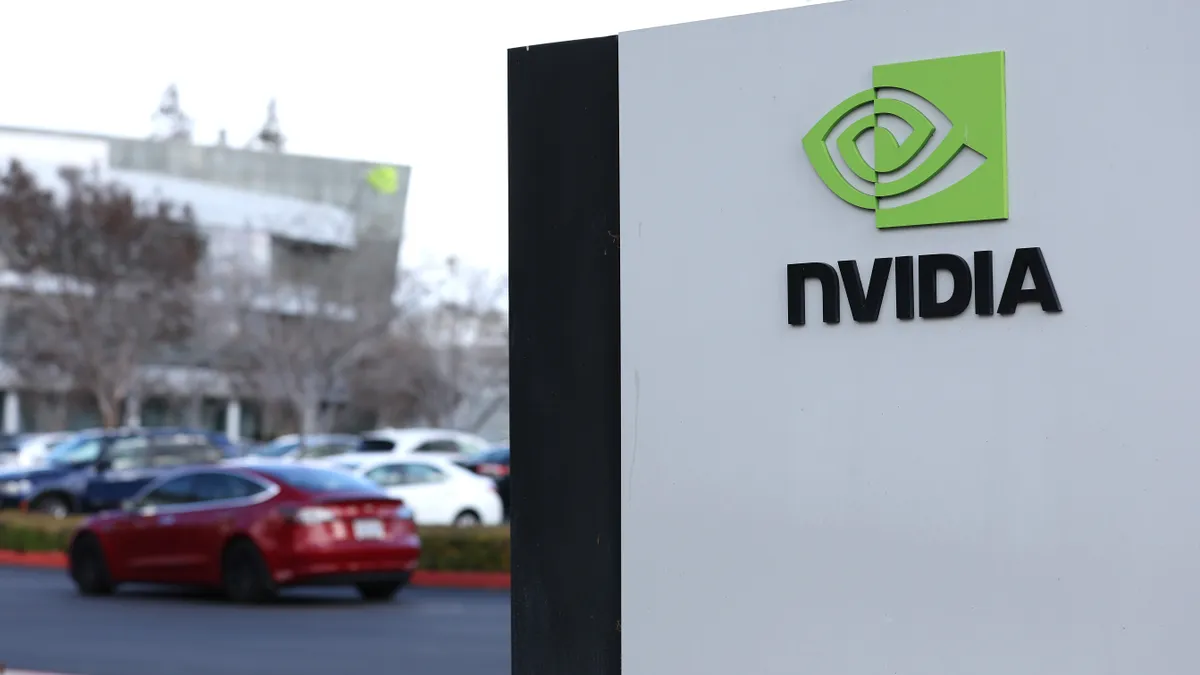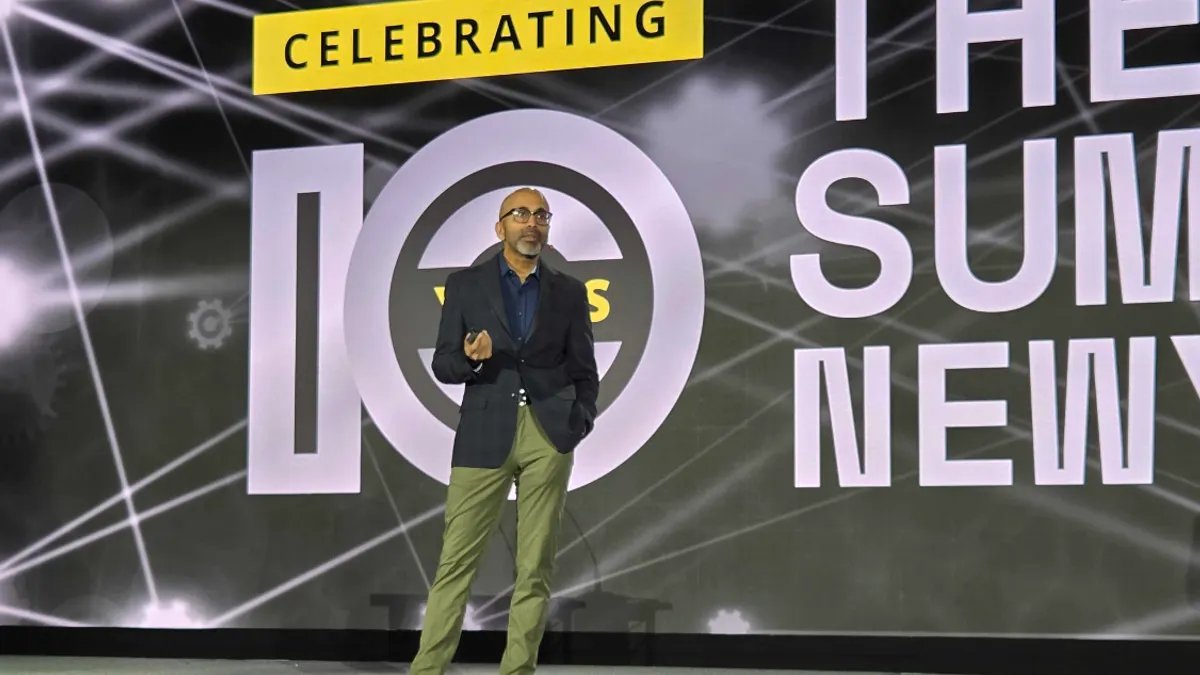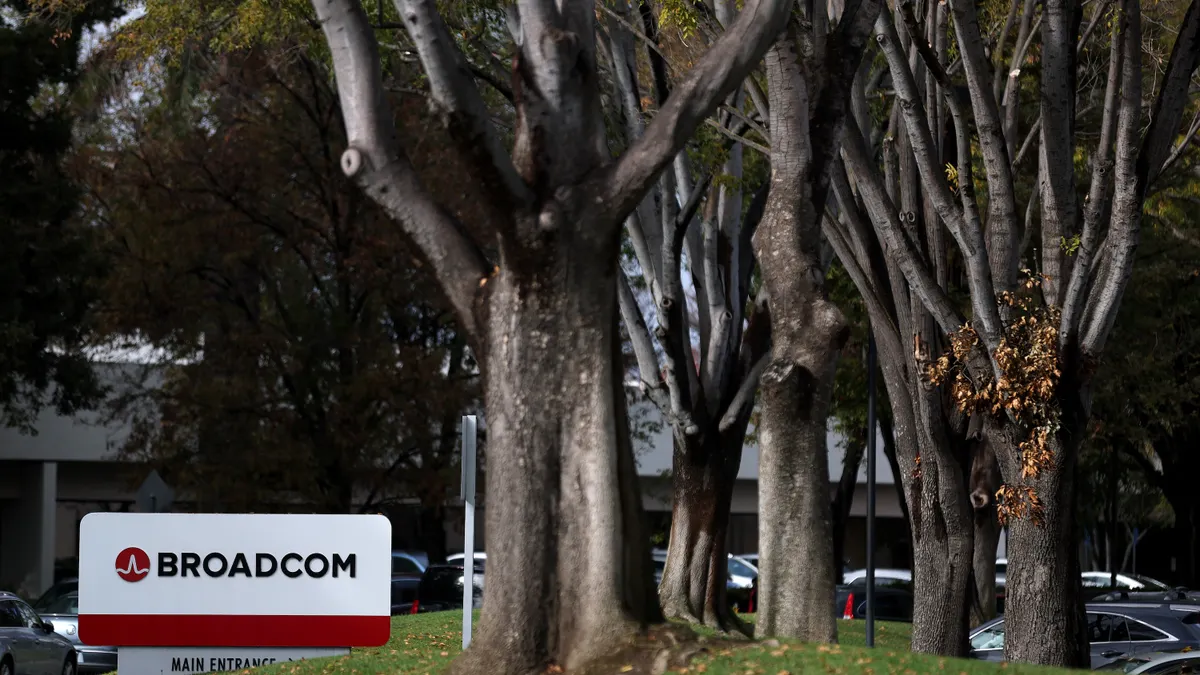Technologists can take a number of routes to the C-suite. Whether they're business experts or long-time technologists, they've all been connected to — and influenced by — technology in some way.
"My experience, my role — not just as a CIO but in terms of technology — is really by chance," said Bizagi CIO Antonio Vazquez, an executive with two decades of experience across industries such as consumer electronics, hospitality and software.
Though his education was primarily in business administration and marketing, throughout his career, Vazquez came into close contact with technology implementations such as enterprise resource planning tools.
"Understanding the business requirements, how the business is changing and how technology can really add value," has always been part of his role, said Vazquez.
Professionals who become CIOs rely on their experience in the technology space, but the road to the role is not linear. What makes a leader an attractive candidate for the executive role is their ability to connect industry trends to technology use, infuse technology within processes to increase efficiency or respond to market pressures with transformation.
Around 5% of CIOs placed by recruiting firm Harvey Nash come from a pure business background, according to estimates from director Helen Fleming. Another 25% come from areas close to techs, such as operations, change and transformation; the remaining 70% come from a tech background.
"But even in the case of those from a tech background they will have shown extremely strong business skills, and may well have spent some time in strongly business-facing roles at some point," said Fleming, in an email.
Tech implementations: a chance to shine
2020 is a year employers will ask about in future job interviews. For CIOs, the go-to question is likely to focus on remote work implementations, or what was the principal obstacle businesses had to overcome.
Tech executive David Edwards joined Enterprise Community Partners in June 2019. Prior to his January 2021 promotion to CIO, he served as vice president, IT infrastructure at the nonprofit. Prior to his promotion, Edwards' first move was to inventory the technology tools in use at the national housing nonprofit.
"We had, I would say, a litany of legacy technology," said Edwards.
Presciently, Edwards built out a unified communications platform throughout the company, an update that proved useful in a shift to remote operations.
Frequently, CIOs will spend the first part of their tenure "being what we call a 'services CIO,'" said Stephanie Woerner, research scientist at the MIT Sloan Center for Information Systems Research. This means keeping the lights on, or upholding the critical technology infrastructure that allows a company to function.
This role became more critical as technology became a priority for organizations, and 61% of CIOs agree the pandemic increased the influence of the technology leader, according to data from Harvey Nash. Specific technologies, such as the cloud, have even become C-suite priorities.
"Until the rest of the enterprise really trusts what's happening through IT, it's gonna be hard for the CIO to move to what I think are roles where they start to have a lot of impact on the enterprise," said Woerner.
For Kara Pelecky, CIO Global Security at Stanley Black & Decker, one component of her ascension to the role was her breadth of achievements across aspects of IT, as well as deep business knowledge in at least one segment of the business.
But once she became CIO, Pelecky found two other aspects were key to her selection:
"I had experience in an area of IT [enterprise resource planning implementation] that my new company was anticipating to be particularly challenging even across the whole, and I had depth and breadth of references that vouched for my readiness to tackle this step," said Pelecky in an email.
Business acumen: the tech-whisperer
Executives with business backgrounds can get the call up to the C-suite by proving they can leverage technology to guide their company through change.
As CIO of LG for over eight years, Vazquez learned this lesson as consumer demand in the smartphone industry quickly changed. He was part of the leadership team in charge of the restructuring in the Iberian region of LG Electronics.
"We approached this change from the technology and processes side in a completely different way," said Vazquez. "We wanted to use technology in the sense of automating and making more productive all the processes that we had, but we also had to review everything, and rethink the way we do things."
That task can mean laying off staffers or communicating to other C-suite leaders how key processes will need to change.
Being a business influencer is one trait of the evolving scope of the CIO role. During the pandemic, three-quarters of CIOs educated CEOs and other company leaders, according to Gartner data.
"We are seeing an increase in people becoming CIOs from marketing/sales backgrounds," said Fleming. "These functions are increasingly technology driven, and with their customer focus, often give the leader the right DNA to make it as a CIO."
As executives are elevated to a C-suite function, they'll be tasked with delivering strategy, said Woerner. They'll be in charge of proposing to colleagues "what digital can do to really create a step change in performance."
"Ultimately though, no matter what their background, the CIO needs to understand and be fascinated by tech," said Fleming. "They need to be the first person to understand new technologies, like blockchain, or quantum computing, or Edge computing and understand the business implications for their company. This is their [unique selling proposition] in an exec team that is becoming increasingly digitally literate."






















